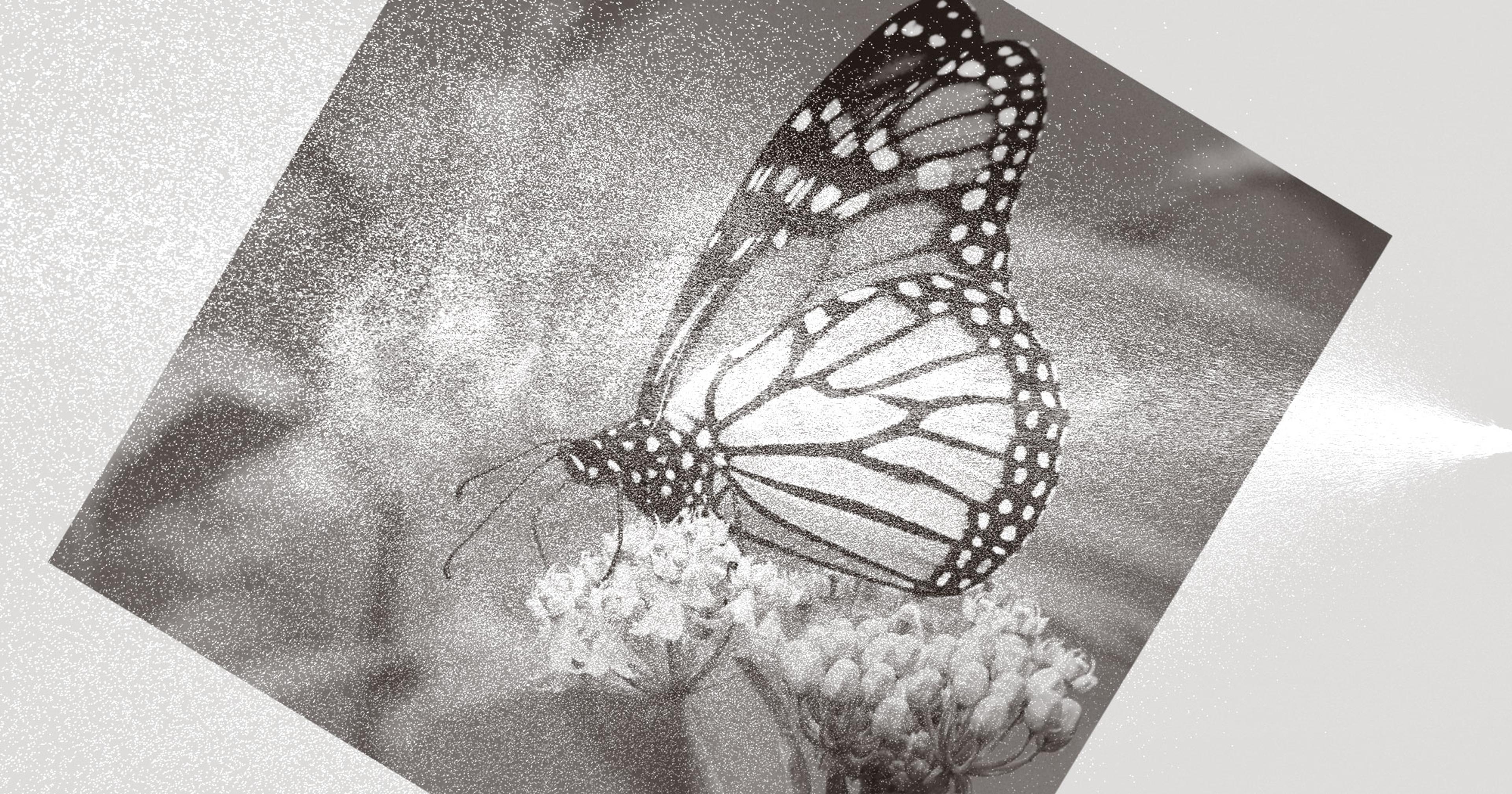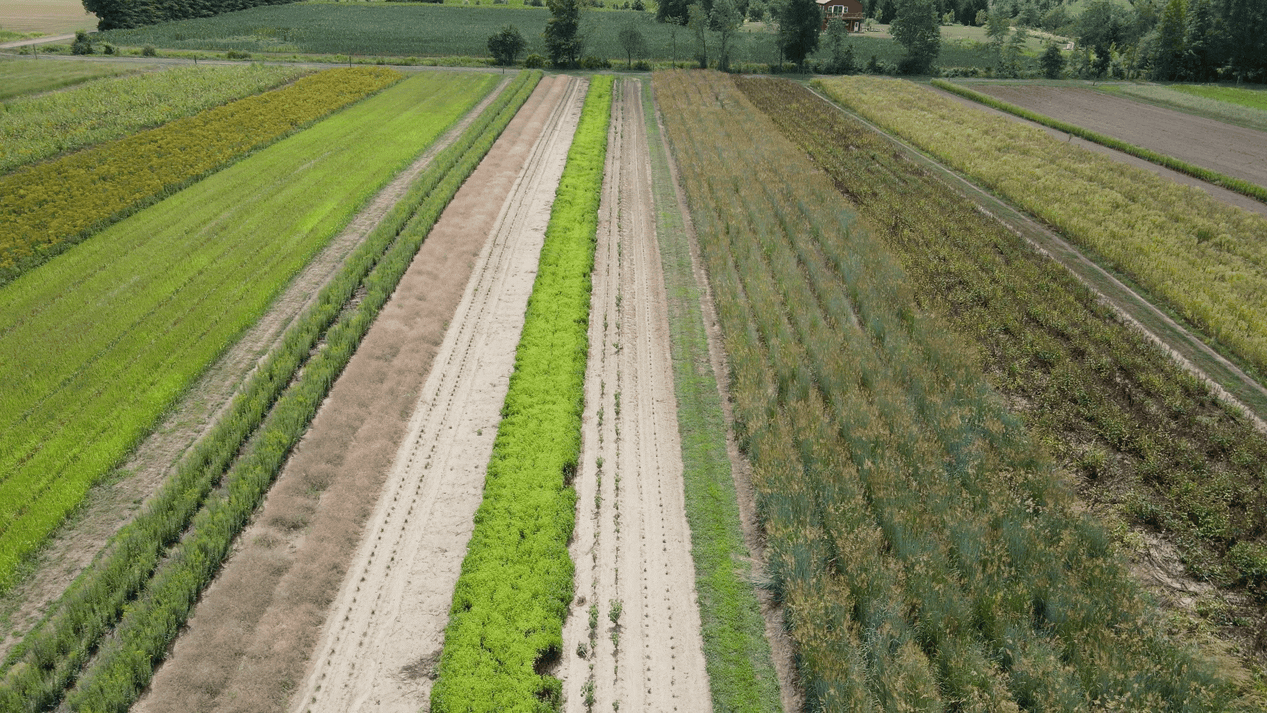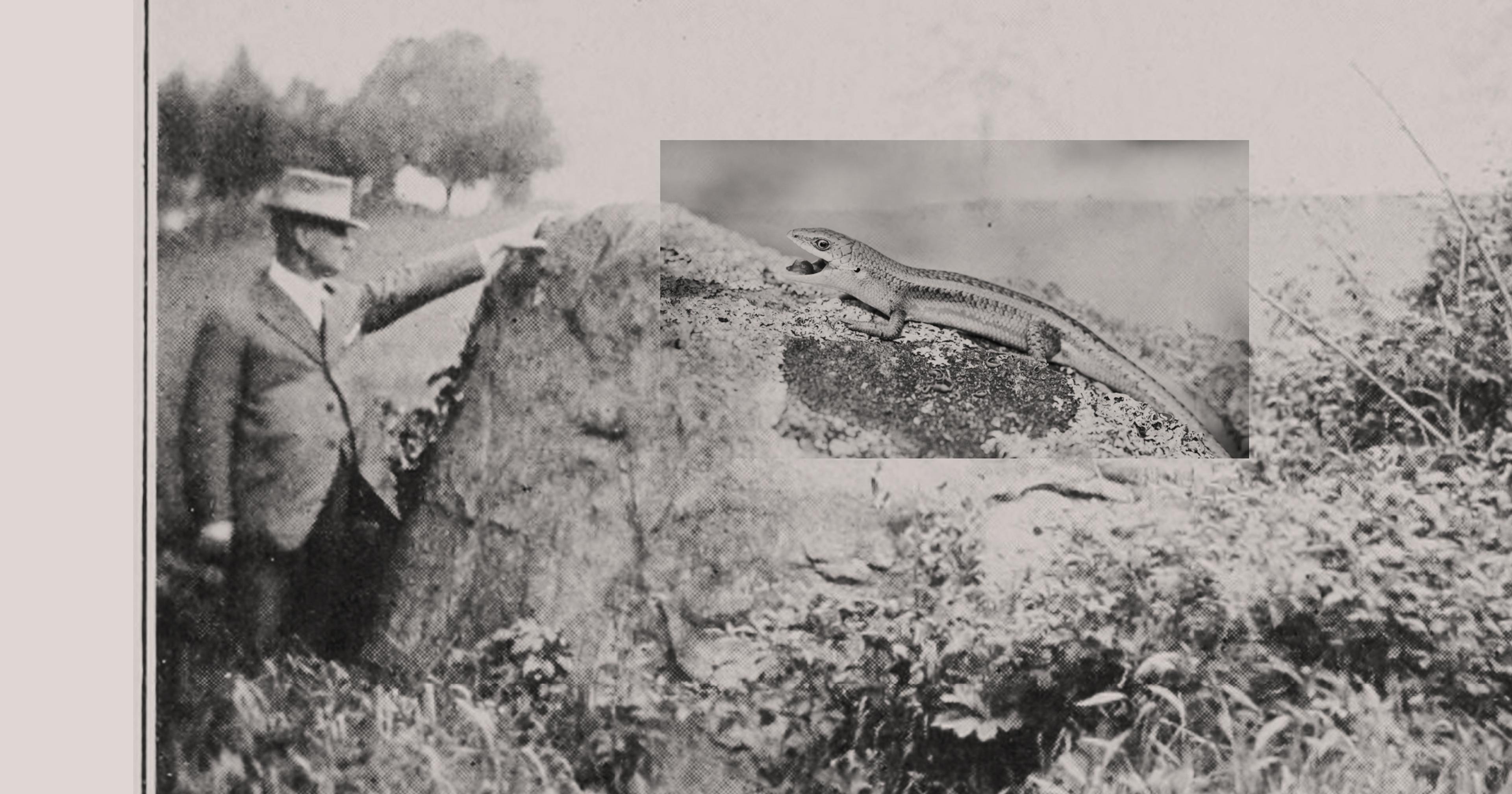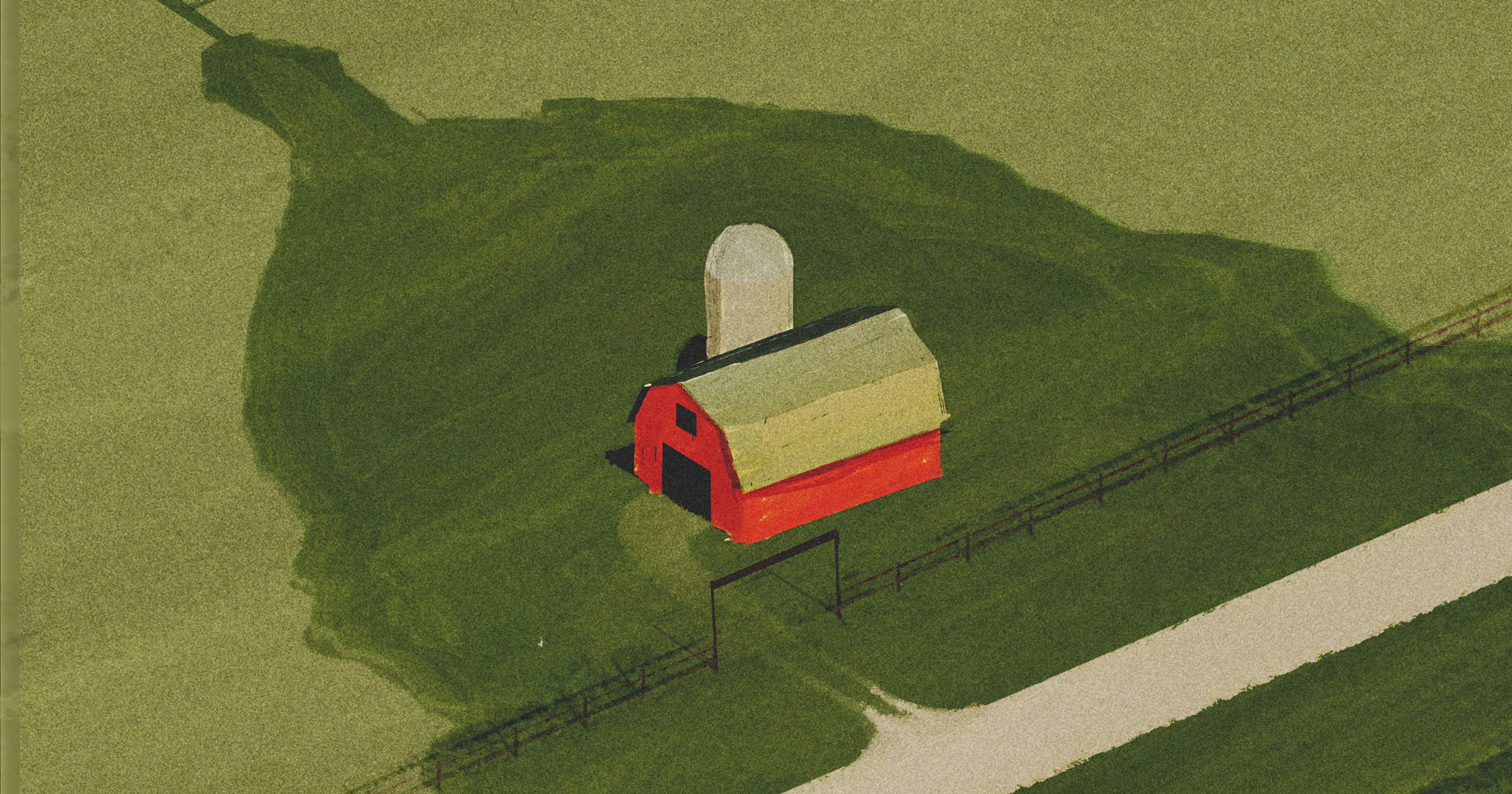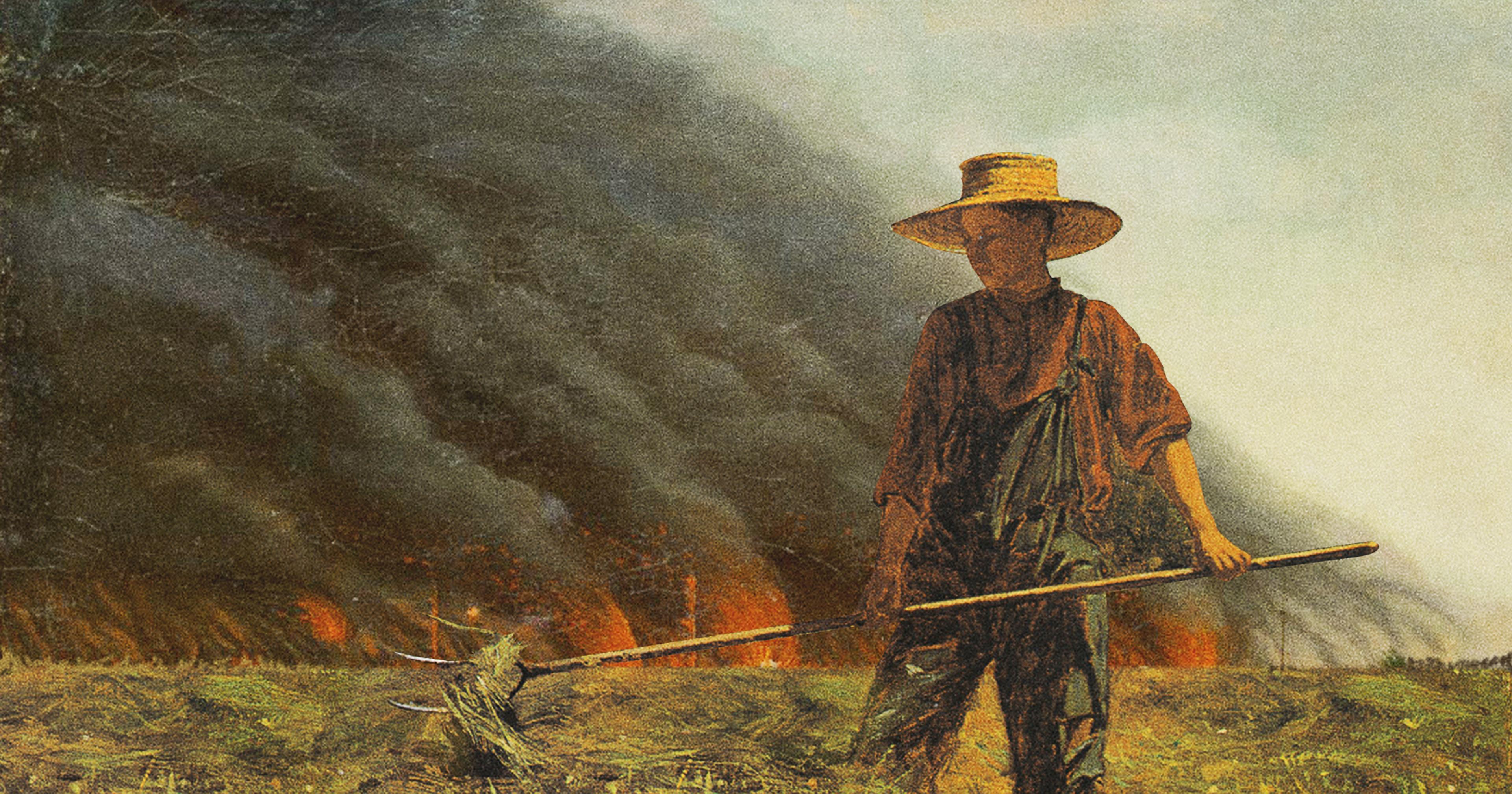The benefits of new habitats planted near agricultural fields might outweigh the risk of pesticide exposure in monarch butterflies — but don’t assume that’s true for all insects.
As recently as the 1990s, vast flocks of monarch butterflies would head north each spring to visit parks, backyards, and farms across eastern North America. But over the past few decades, the eastern monarch population has dropped precipitously, at least somewhat connected to the loss of milkweed plants, where the butterflies lay their eggs.
Over the past 20 years, public awareness campaigns have rallied the public to the cause of protecting pollinators, and many landowners have started planting milkweed and other pollinator-friendly plants to support our insect neighbors. And as these habitats started popping up in gardens, schools, parks, and businesses, they’ve become home to mating butterflies rather quickly — one Illinois resident recently told the Chicago Tribune that monarch eggs showed up the first year she planted milkweed in her garden.
Agricultural lands are bound to be part of the monarch’s recovery — one study found that without “substantive” milkweed planting around farms in the Midwest, the monarch population will never be restored to stable levels. But planting pollinator habitat on farms comes with extra complications. To keep the monarchs safe, some experts have recommended planting these new habitat patches far away from any fields sprayed with pesticides. One monarch habitat assessment guide from the U.S. Department of Agriculture, for example, gives a higher “score” to habitats at least 100 feet from any area sprayed with insecticides or herbicides.
That may seem like an obvious step to take, as pesticide use has been linked to population declines in pollinator species all over the world. Yet some research is now questioning whether, for monarch butterflies at least, that “buffer zone” is always necessary. In a country with so much land dedicated to farming, might it be more effective to plant a lot more habitat all over the place — even if those habitats are near pesticides?
“The monarch’s going to do better if you put in habitat anywhere you can,” said Steven Bradbury, an emeritus professor of environmental toxicology at Iowa State University and one of the scientists behind this new research.
The U.S. contains a lot of potential farmland that could be used to restore habitat for monarchs and other native pollinator species, and there are a lot of initiatives to promote — and even pay for — pollinator habitat on working lands. But efforts to limit pesticide exposure could severely cut down on the potential land available for this restoration. In corn- and soybean-rich Story County, Iowa, for example, the research team at Iowa State calculated that restricting monarch habitat to more than 38 meters (125 feet) away from sprayed fields would exclude 38% of non-crop land and 84% of land by the road, areas that are often open and usable for planting new pollinator habitats.
But these buffer zones are suggested for good reason. If pesticide exposure in a single location kills enough insects, this could create what ecologists call a population “sink” — a place with more butterfly deaths than butterfly births.
The Iowa State researchers wanted to determine how to manage these trade-offs. In 2021, they focused on Story County and developed an ecological model using monarch biology, toxicology studies, and habitat to forecast the monarch population in different scenarios.
If landowners planted habitats everywhere they possibly could, their model showed the local monarch population absolutely skyrocketing.
Assuming landowners planted a moderate amount of new milkweed habitat while staying outside of that 38-meter buffer zone, their model predicted a slight increase in the number of monarch eggs laid in Story County. But if people planted a moderate amount of new milkweed both outside and inside that buffer zone, the predicted numbers of eggs increased even further — despite some of that habitat lying closer to sprayed fields. If landowners planted habitats everywhere they possibly could, their model showed the local monarch population absolutely skyrocketing.
In another paper published last year, the Iowa State team summarized this study and some of their other work, and predicted that “adult monarch recruitment can be enhanced even if new habitat is established near pesticide-treated crop fields.”
But this doesn’t mean pesticides can’t harm monarchs. The 2021 paper predicted that monarchs would reproduce the most when fields were sprayed only one out of every 10 years, and the least if fields were sprayed every single year. Different pesticides also changed the population growth projections. With thiamethoxam, a pesticide occasionally used on cotton and soybeans, for instance, their model predicted relatively low monarch mortality. But with chlorantraniliprole, which is used on some orchards, they projected many more monarch deaths.
Yet even when these researchers simulated a hypothetical pesticide that killed 100% of the monarchs downwind of a sprayed field, more habitat still outweighed the risk of exposure — not all the new habitat would be downwind of the fields.
“It can’t get any worse than [100% mortality],” said Bradbury. And even with that, he added, they still didn’t forecast creating population sinks.
“The potential impacts of pesticides and pesticide drift into habitat patches are going to be much greater for species that are not as mobile as the monarch.”
Monarchs tend to move around the landscape, he noted, meaning that the concept of a population “sink” may not apply for this species. But new habitat patches will likely become home to plenty of other insect species beyond monarchs — and those species may have different behaviors, and face more of a threat from pesticide drift.
“The potential impacts of pesticides and pesticide drift into habitat patches are going to be much greater for species that are not as mobile as the monarch,” said Emily May, a pollinator conservation specialist with the nonprofit Xerces Society who was not involved in this new research.
May noted, for example, the rusty patched bumble bee, an endangered species native to eastern North America that may be declining in part due to pesticide use. The 2021 monarch paper notes specifically that “these findings cannot be assumed for other species” — and pesticide use has been linked to declines in species like bees and butterflies.
This monarch research was also based on a model, so these conclusions could change if science reveals new information on how pesticides interact with insect biology. Vera Krischik, an entomologist at the University of Minnesota who was not involved in this research, said that the Iowa State team did a good job using all the existing data that they could — but she also doesn’t think that scientists as a whole have done enough research on the potential long-term impacts of pesticides.
No matter what, habitat with less pesticide exposure is going to be more valuable to pollinators, May said. But some farmers may also just plant pollinator habitats wherever is most convenient to do so. Jim Fitkin, a corn and soybean farmer in northwest Iowa, planted some pollinator habitat right next to his fields — which he sprays with herbicides and fungicides. That habitat went in a few years ago, and so far, it seems to be a success.
“In the evenings there’ll be, oh I mean there’ll just be like, monarch butterflies, dragonflies and other small insects flying all over,” Fitkin said.

